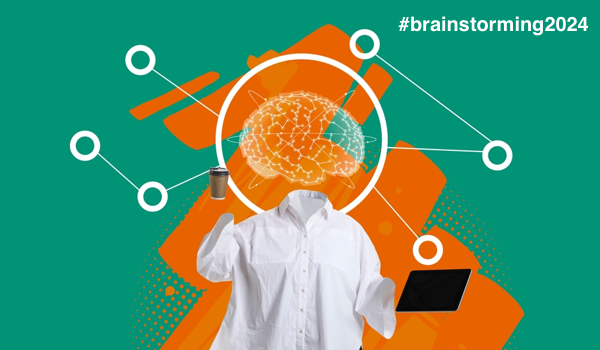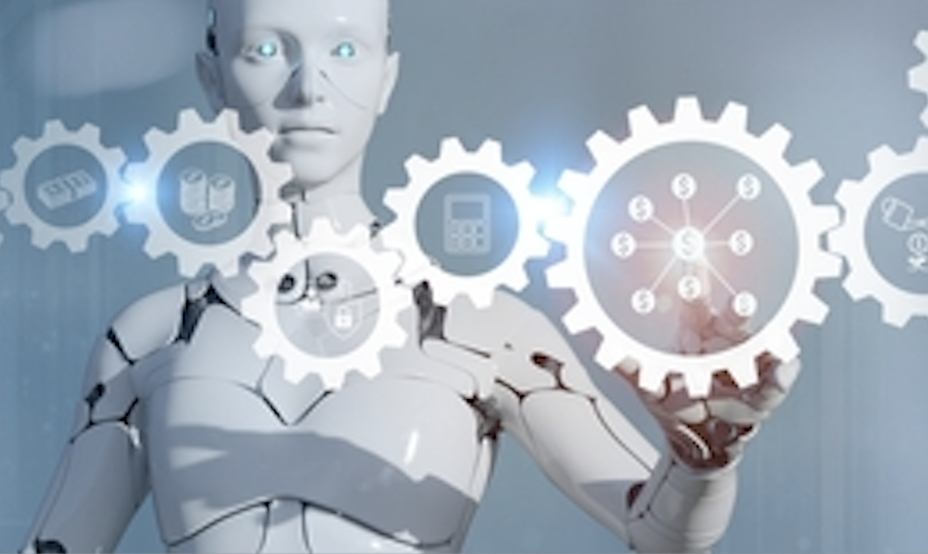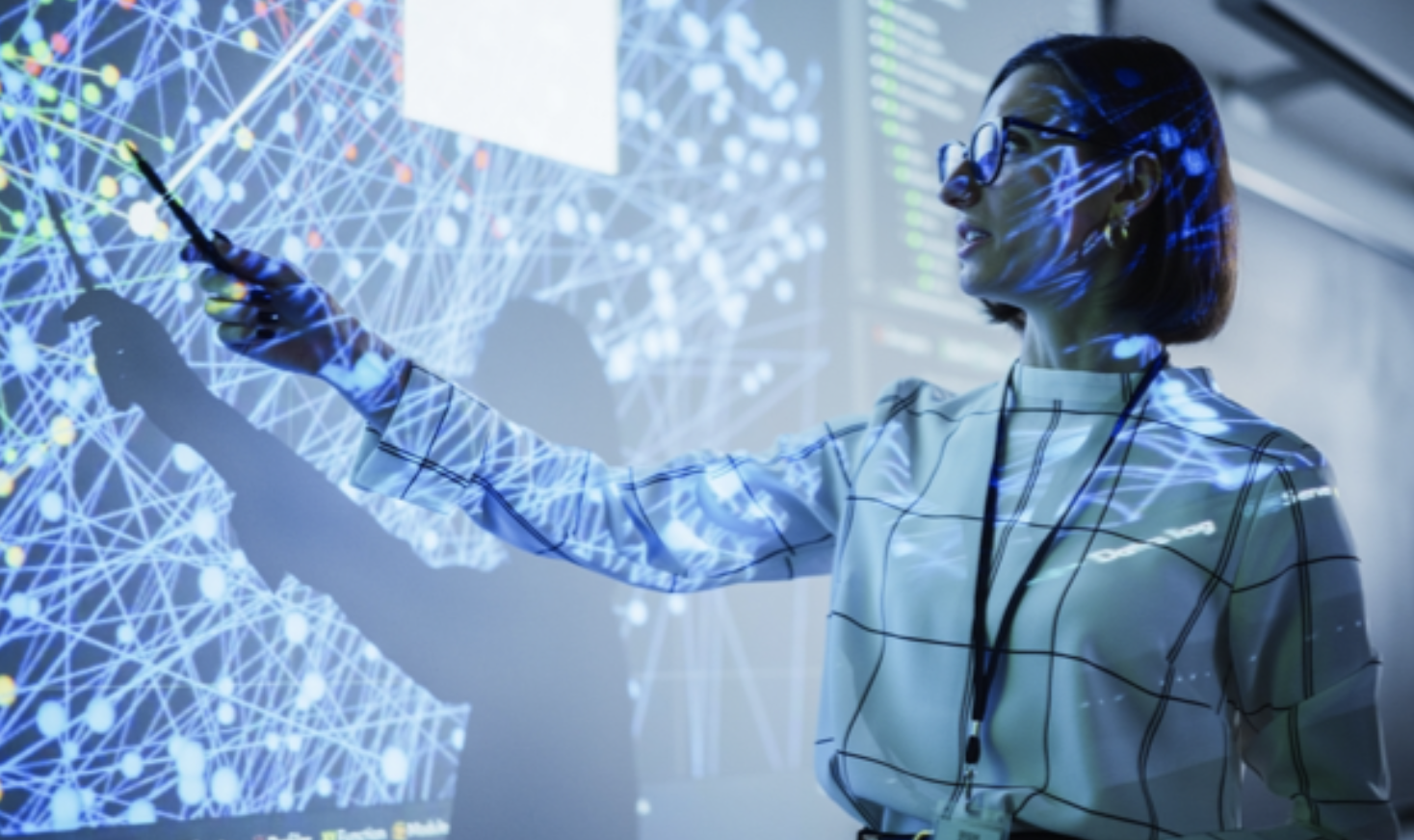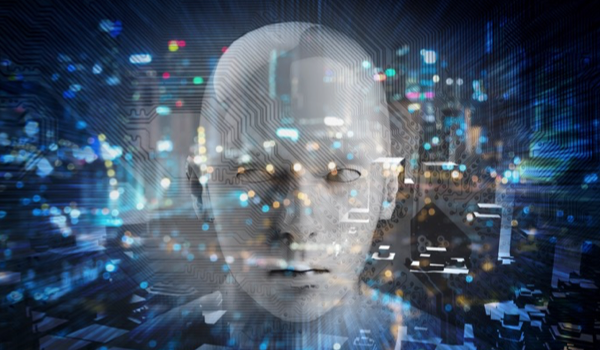


KOLKATA - The symbiosis between artificial intelligence (AI) and the intricacies of the human brain is already achieving breakthroughs and yielding deep insights into human interaction, communication, and mutual understanding.
Grasping neural-mechanical communication
At the core of this revolution lies the quest to decode the elaborate neural mechanisms underpinning human communication. Researchers reach deep into the brain’s neural circuits to decipher the mysteries of language processing, emotional cues, and social interactions. Functional magnetic resonance imaging (fmRI) and electroencephalography equip experts to scan and parse brain activity in real time, illuminating the neural signatures linked with communication in its various forms.
Stanford researchers get a feel for empathy
Researchers at Stanford University used fmRI to probe the neural co-relates of empathy during interpersonal communication. Their brain activity pattern analyses revealed specific brain regions associated with this quality, thus opening a window for these scientists onto its mechanisms in humans and their social bonding.
Alexa has feelings too
Alexa, Amazon’s virtual assistant (VA), embodies AI’s explosive potential in communication. Continuous learning and adaptation have brought ‘her’ far in understanding and aptly responding to user queries and engaging in more natural and intuitive interplay. A long stretch of road remains to go, but this may signal that VAs are at last putting a past marked by letdowns and shortfalls behind them. Bolstered by embedded NLP algorithms, Alexa is now upending
The content herein is subject to copyright by The Yuan. All rights reserved. The content of the services is owned or licensed to The Yuan. Such content from The Yuan may be shared and reprinted but must clearly identify The Yuan as its original source. Content from a third-party copyright holder identified in the copyright notice contained in such third party’s content appearing in The Yuan must likewise be clearly labeled as such. Continue with Linkedin
Continue with Linkedin
 Continue with Google
Continue with Google









 994 views
994 views








